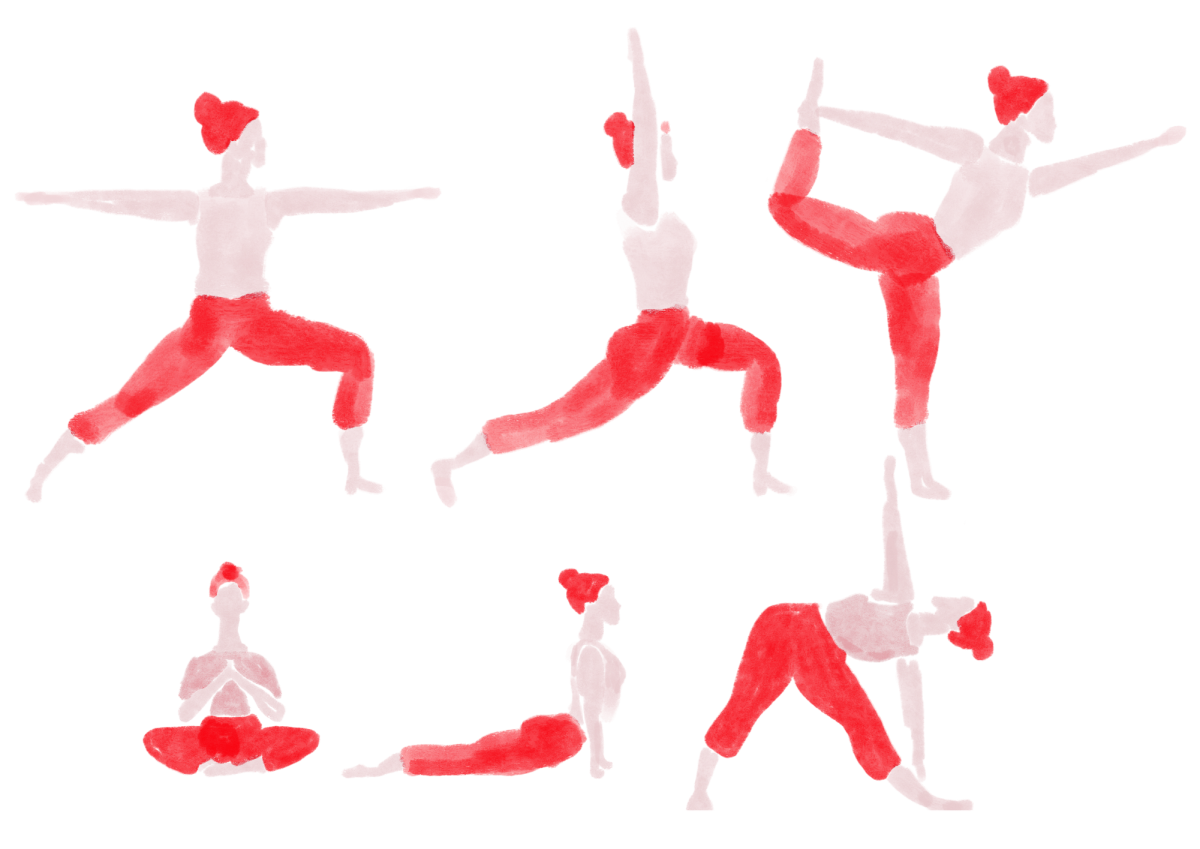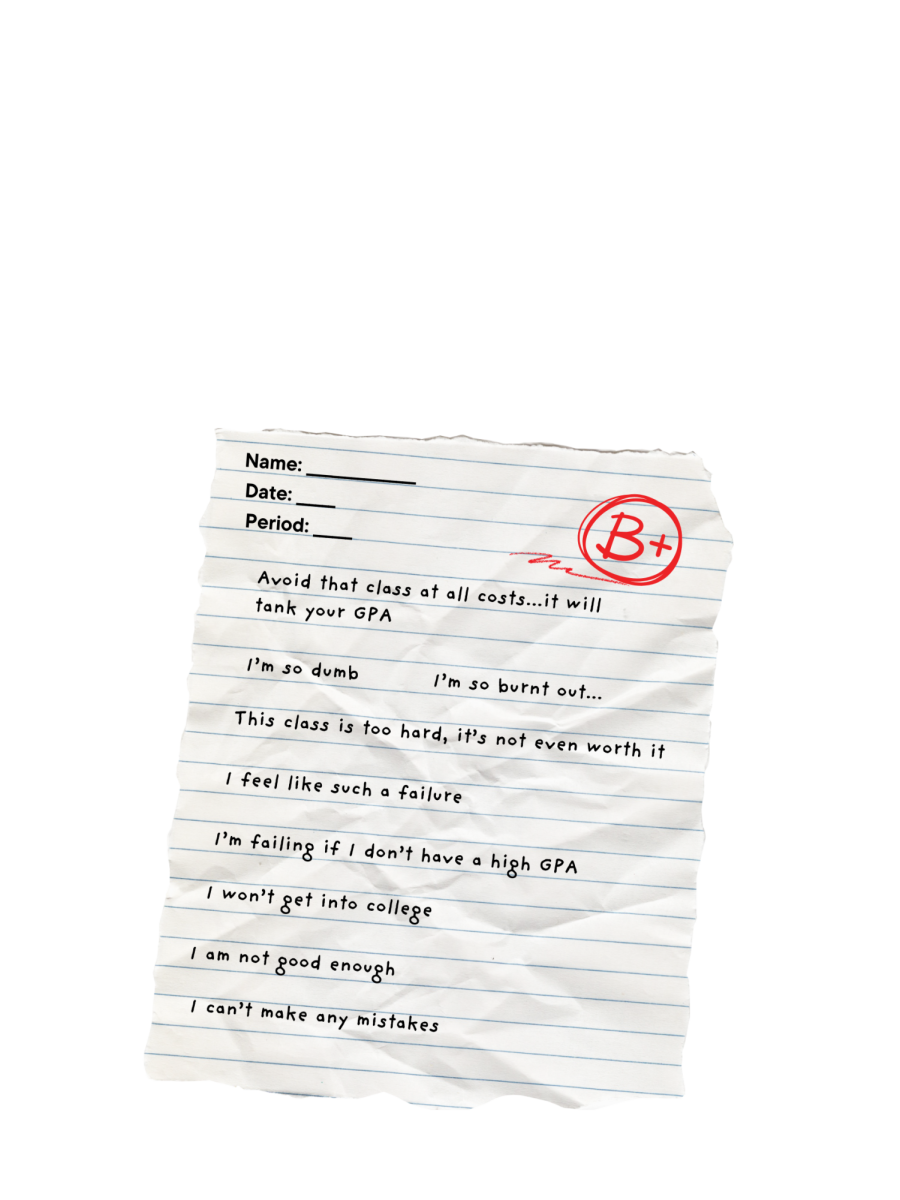To Block or Not?
Debate amongst the student body and faculty continues as Laguna further settles into the 8-day curriculum.
June 17, 2022
Transitioning in and out of the pandemic, students here and across the country experienced extraordinary changes in their academic life. Measures such as following arrows on passing periods, daily health screenings, and mandatory mask-wearing were implemented into the school curriculum.
Returning from a semester of remote learning on Zoom, Laguna adapted to COVID-19 with a schedule that maximized student safety by shortening the school day, but more importantly, made contact tracing easier and exposures more contained by altering the rotating schedule. Not only was it more COVID-safe, but it also allowed for easy transitions between in-person and online classes.
The new schedule was a 2-day rotating schedule, which meant alternating between two different days. One day would have four classes, followed by the next day with the other four. Though we used a somewhat similar schedule while online during the spring of 2020, this one was more thoroughly developed and was used the whole year.
However, now that we have returned to the 8-day rotating schedule, there is debate amongst the Laguna community over which plan is more preferable.
Academic Services Coordinator and Latin Instructor Rose Steeber argues that our current 8-day rotation is superior. “The 2-day schedule allows for more predictability, but that does not outweigh the negative effect of having the same class last period every other day,” Steeber said.
“Teaching classes first period, the period before lunch, and last period of the day can be difficult depending on the subject, topic of the lesson, or week of the year. Rotating classes alleviate this problem,” Steeber said. “There needs to be some variation or flexibility with classes, or we’ll all die of boredom.”
According to Steeber, keeping longer classes productive is more difficult than it seems. “Students may not realize how difficult it is to teach that last block. Everyone is saturated, teachers and students alike, so no one is as productive as they should be,” Steeber said.
However, English Instructor and Department Chair Victoria Dryden believes otherwise. Dryden believes that a “more varied lesson plan with multiple learning styles catered to and students have more time to understand what I teach.”
Additionally, according to Dryden, “I was able to cover a lot more material with the old schedule. I could also cover material with more depth.” Lastly, “I believe the [2-day] schedule meant less homework per night and let students focus on specific classes at a time. My guess is that the current schedule equals more homework per night.”
The student body also happens to be heavily opinionated on the subject. Junior Carson Bohnet prefers the 8-day rotating schedule. “The shorter class periods in the 8-day rotating schedule keep me engaged relative to the longer classes in the two-day schedule. The shorter class periods don’t burn me out or bore me.”
“Even though I found the 2-day schedule more manageable for homework, the 8-day schedule overall serves me better during school hours, which I believe matters most,” Carson said.
However, senior Frederic Russel thinks otherwise. “I prefer last year’s schedule. It guaranteed to have one day to do as much homework as necessary. Also, because I had two free periods lined up, I would only have two classes every other day.”
Preferring one schedule over the other, for any student or teacher, is a matter of weighing what aspects of school become subjectively more manageable and simple with each plan. For now, the student body generally leans toward our current 8-day schedule, but it will be interesting to see if that statistic remains the same as we further transition out of the pandemic.


































